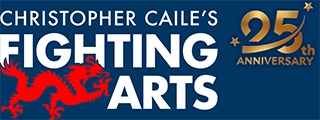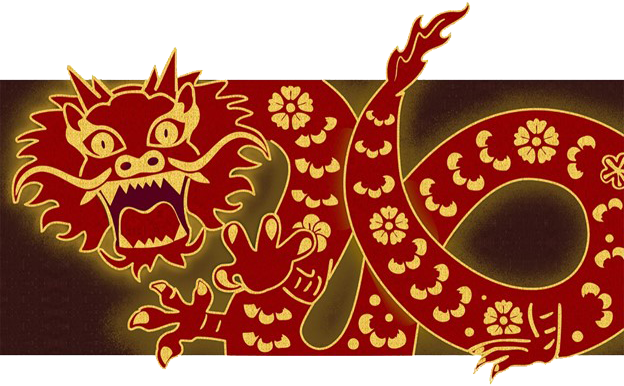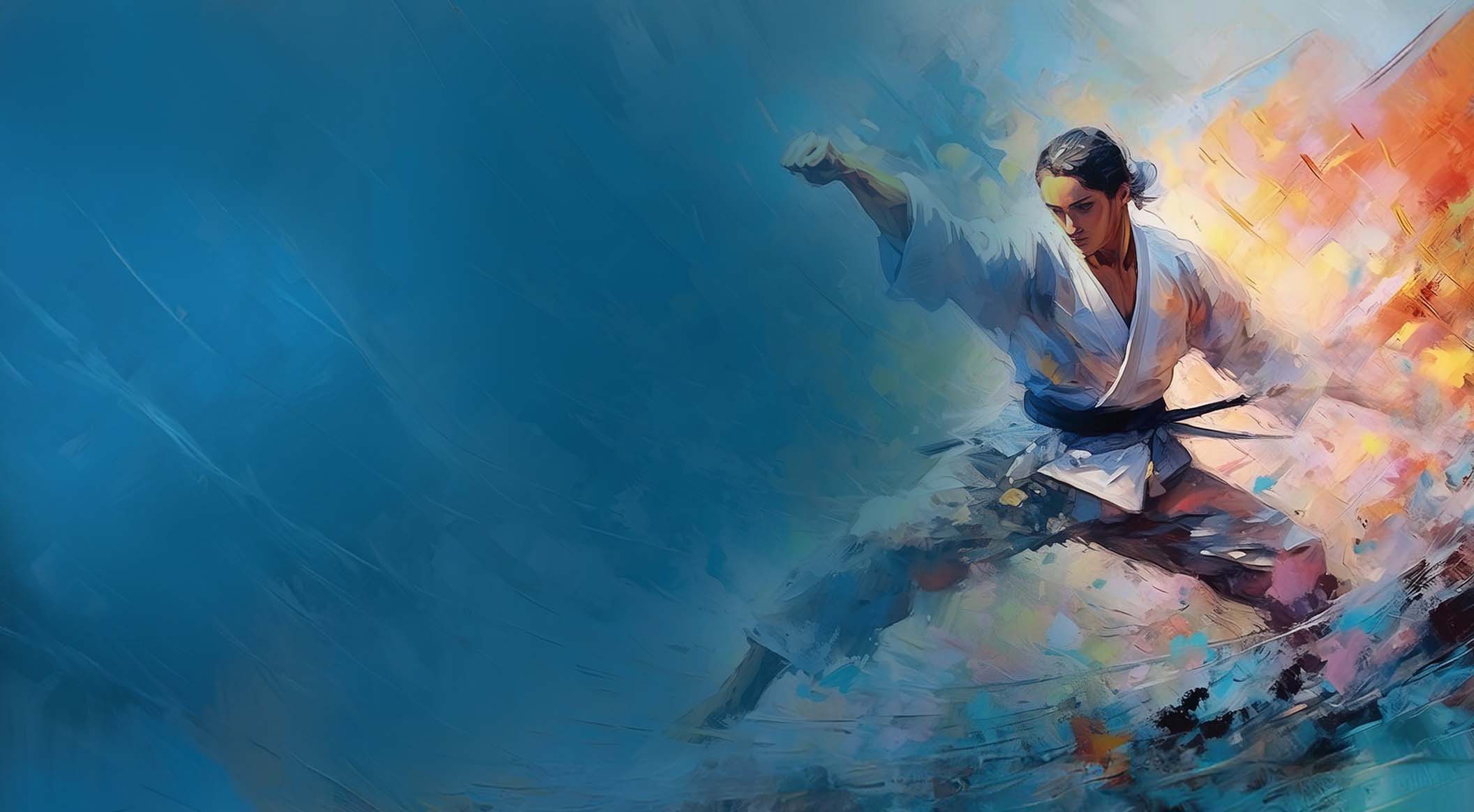THE ZEN MIRROR
The Aim Of Practice
By Jeff Brooks
Kobun Chino could split a blade of grass at 25 yards. His students had seen him do it many times.
He and one of his students were driving along the Pacific Coast Highway one day in the spring. He pulled the car over to the side of the road, opened the trunk, and pulled out a 6-foot long Japanese bow and a quiver of hand carved arrows.
They walked across the road to the cliff overlooking the surging surf and the infinite Pacific stretching to the horizon. Had he looked up the student would have seen the equally infinite blue and cloudless Pacific sky, but his gaze was fixed on the hands of his teacher, masterfully nocking the arrow onto the bow string and, with a subtle intake of breath, drawing the string back to its limit, his own arms and back a part of the bow, his focus as razor sharp as the head of the arrow.
The world froze for a moment, and then over the sound of the surf came the sound of the arrow released, the matsu kaze, the pine wind, as the bow string returned to rest.
The arrow flew in a high, gigantic arc out over the ocean.
Kobun Chino was a Zen monk. He taught at a small Zen practice center down the Peninsula from the San Francisco Zen Center. He had been invited to come to the US from Japan by Suzuki Roshi who started and led the San Francisco center. But Kobun decided against becoming too involved with administering a large institution. He wanted to live a simple life and sit in meditation. It was at his small village Zendo that Suzuki Roshi came and spoke each Wednesday evening for a while in the late 60's. The talks he gave there later were published under the title "Zen Mind Beginner's Mind," one of the most influential books in the early years of the American Zen movement.
The arrow disappeared for a moment before the student's eyes, against the brilliance of the California sky. It reappeared, a dash against the blue, hovered, and began its long descent, gracefully disappearing into the water.
Then the men returned the bow and the empty quiver to the trunk of their car and drove away.
Recently, on a winter night in New England, by candlelight, in our own small Zendo, that student, now in his 60's, told the story of that day with his teacher, 35 years ago.
Had a stranger or a beginner seen this young Japanese monk shoot arrows into the sea, he may have believed that the man was wasting arrows. But this student had seen Kobun split a blade of grass at 25 yards. This student knew Kobun as a light-hearted but profoundly serious man. And both knew that teachers teach. Even if they do not share a common spoken language, students and teachers do share their human life. And their close karmic connection can sometimes bridge the divide between lives better than any spoken language.
What did Kobun teach that day?
Could we say this was a koan that Kobun presented his student? A koan is literally a public case, an event reported and put up for public scrutiny and consideration. In the Chinese legal tradition, it was a term used to refer to a legal precedent, used for public consideration of a question of law.
In the Zen tradition, a koan is a public case on the subject of enlightenment, on the subject of the nature of reality. They are used not as a matter of metaphysical speculation. In Buddhism it is made clear that direct insight into the nature of reality is the only way we can be free, permanently and completely, from suffering.
Was he saying "Only this moment"? Was he saying to his student, a dedicated practitioner: "Be concerned only with the process, not the target"?
Or was he saying that, in practice as in life, there is no particular target. That no matter how perfect our aim, our thought's trajectory goes into the infinite, our life's trajectory goes into the infinite; that what we have is only the point on the path we are on right now; the only action we can take is the action we take right now. That once our lives begin, we go. Once we act, think or speak, our actions or our words take us directly, unimpeded, into the heart of vast reality?
Was he saying, "It's fun to shoot arrows into the sky and the ocean"?
Kobun Chino died recently. Having been awarded a prestigious chair in Religious Studies at Naropa University, he was off on a brief vacation with his young family in Switzerland. His five-year-old daughter was swimming. She went under the water and did not come up. Kobun went in after her to save her, but they both drowned.
This marks the passing of one of the great Zen teachers to come to the west. And yet, reflecting on what he taught in that one moment years ago, his action inspiring our practice here and now, it seems as if his life continues to fly through space and time.
Jeffrey M. Brooks
Jeff Brooks (9th dan), began martial arts training in 1978 and opened his first karate dojo in Northampton, MA (1988 through 2009), while also conducting self-defense seminars, professional programs in combative skills and served as a regular contributor on Zen and karate-related topics to FightingArts.com.
Jeff then moved to South Carolina and started a career in law enforcement, serving as a police officer, then detective, defensive tactics instructor, firearms instructor, PPCT instructor, Deputy US Marshal, and Deputy Sheriff. After retirement, he founded Mountain Karate in Saluda, NC.
In karate Brooks received his 5th degree Black Belt from the Nagamine honbu dojo, his 7th degree black belt in 2004, and his 9th degree black belt in 2022, in recognition of his formation and leadership of Yamabayashi Ryu. He studied with leading teachers in Okinawan, Japanese, and Chinese traditions, in the US and overseas, including Katsuhiko Shinzato (the translator of Shoshin Nagamine's Essence of Okinawan Karate Do, and formerly a student of the Kishaba brothers' karate and kobudo); Sogen Sakiyama, Roshi (direct student of Miyagi Chojun, and practitioner of Goju-ryu karate); and Shoshin Nagamine (Chief of the Motobu District Police, Mayor of Naha, and founder of Matsubayashi Shorin Ryu).
Jeff Brooks has written hundreds of published articles on martial arts, and Zen and has been cited widely online and in print. He wrote speeches and presentations for high profile public figures in politics, media, business and the arts.
He is author of several books including "True Karate Dō", available on Amazon.com
Search for more articles by this author:






